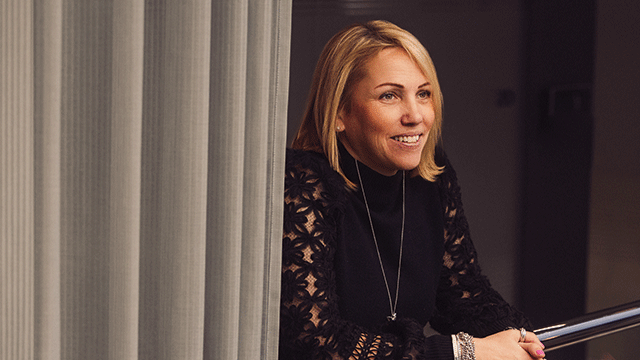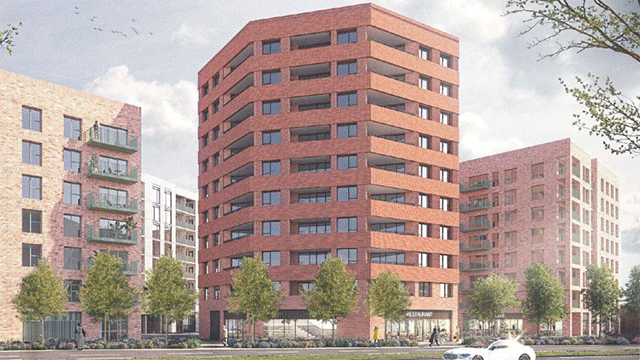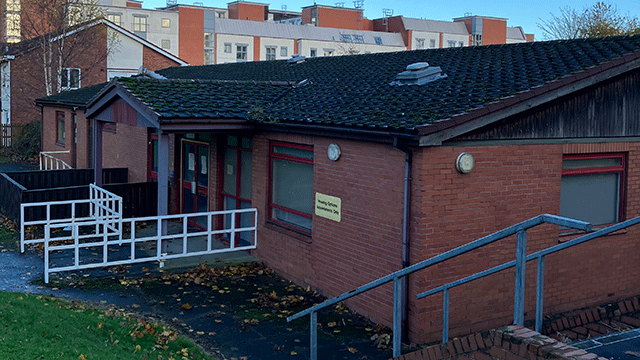COMMENT Whether your dance moves are cha-cha or hokey cokey, you are likely to recognise the forward and back rhythm that has characterised both the return to office and corporate messaging about the expectations of staff. One day it is a case of flexibility forever, the next it is a hard deadline of a return to office-based working, and the next that deadline has shifted.
High-profile businesses such as Apple and Facebook have pushed back the office return date for US staff. Closer to home, BP has told employees in Britain that it expects them to return to office-based working from September after attempts to entice them back with yoga and ice cream failed to produce the desired results.
This flip-flopping is reflected in Avison Young’s UK Cities Recovery Index, for which the national return to office sector index is now the major lagger of other sectors, including retail, footfall, residential activity and leisure activity. That being said, in early August, it reached 56.2 – the highest it has been since the start of the pandemic, having fallen to 31.3 at the beginning of January and steadily climbing ever since. Indeed, a survey by Eden Workplace showed that while two-thirds of employees surveyed expected to like being back at the office, 70% reported that they were actually enjoying it.
Square peg, round hole
What does this tell us? It is simple: employees want to return to the office – to a point – and employers want them to return. Yet somehow we seem to have a bit of a square peg, round hole situation going on. This should be a fairly simple one to resolve, but, as the back and forth of businesses such as BP and Google demonstrate, the reality is somewhat different.
Conversations around the use of office space have been lit up with words such as “collaboration”, but if that is not going to be aligned with your workplace culture and the habits of your staff then this is more of a buzzword than a mantra.
The less mentioned but arguably much more important word here is ‘communication’. There is no doubt that we are going to see the trophy buildings, newly developed assets and recently refurbished spaces rise to the top here – if you want staff to come back you absolutely have to offer them something more than what they have at home. However, these core assets are only as good as the quality of the conversations between landlord and tenant, and it is crucial that tenants fully understand their strategy and communicate this clearly.
Route forward
These conversations can enable a landlord to invest in an asset wisely to attract and retain occupiers. That can mean creating or upgrading amenities that support work-life balance in a predominantly office-based culture, such as cycle storage, showers, gym space, air quality, contactless technology and space for events that enhance networking opportunities.
It could also mean facilitating the space for large-scale workshops, ad hoc events and creative meetings to ensure the office really is that hub of collaboration and innovation that has been so widely discussed if you believe your occupiers will have a predominantly remote strategy moving forward.
For me, the route forward is clear. Employers need to understand what exactly it is that their employees want and be completely clear about what it is they want from them in return, to build a workspace that suits these needs. Likewise, landlords need to build an effective two-way dialogue with their audiences to provide the amenities and services occupiers are looking for.
Sharon French is principal, real estate management, at Avison Young











